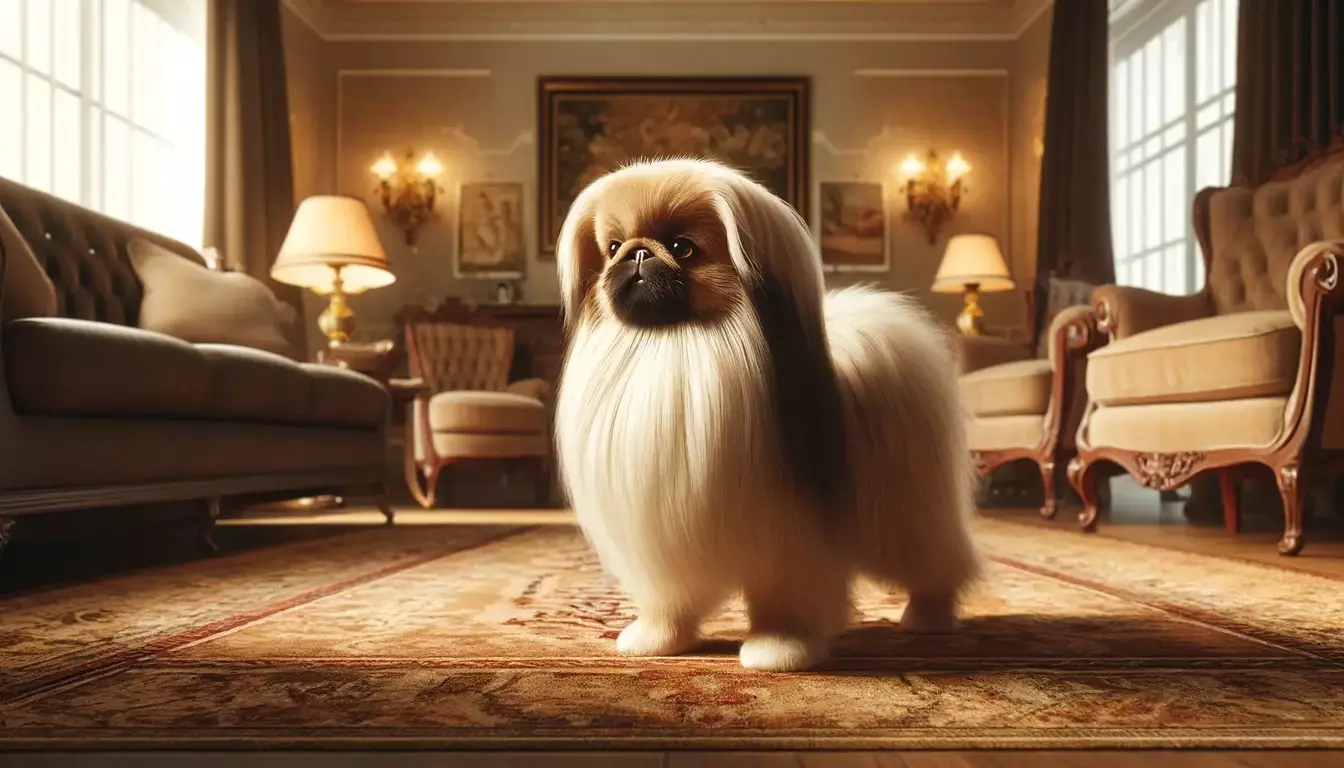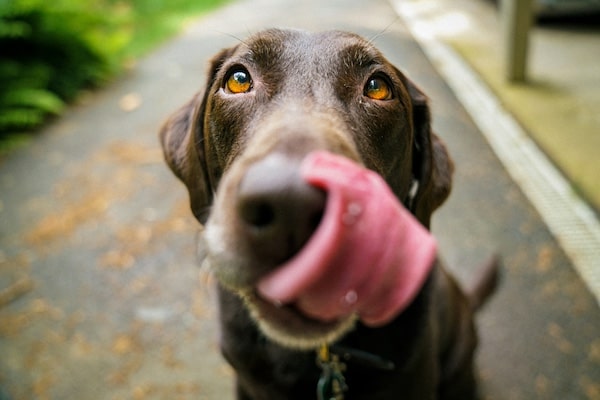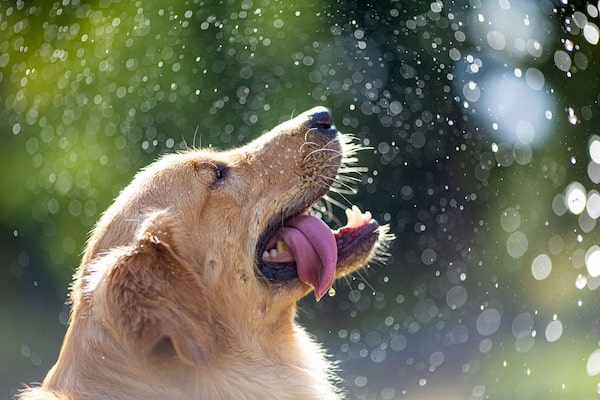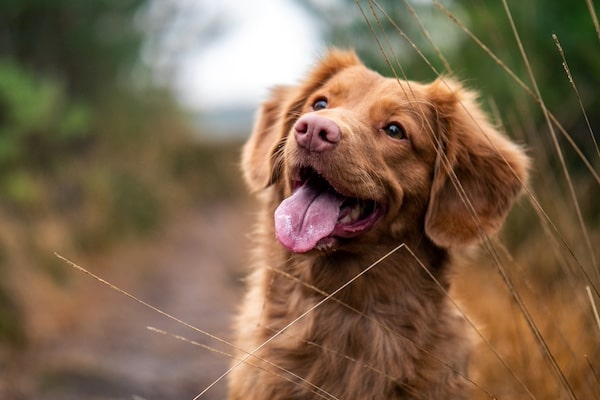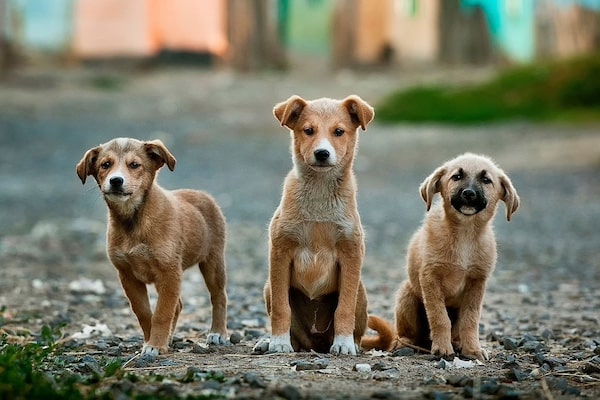Welcome to the comprehensive guide on the Pekingese, a breed as regal as it is charming. This manual is designed to unveil the unique traits and characteristics of these dignified companions. Here, potential owners will find valuable insights into the temperament, care needs, and health considerations of the Pekingese.
Furthermore, the guide offers practical advice on training and socializing these noble dogs. With thorough detail and expert recommendations, this resource aims to equip you with everything necessary to ensure a fulfilling life for your Pekingese. Prepare to discover what makes this breed truly special.
Pekingese – Size & Life Expectancy
Height
6-9 inches
Weight
12-14 pounds
Life Expectancy
12-14 years
About the Pekingese
The Pekingese breed boasts a storied history that dates back over a thousand years, originating in the imperial courts of China. These dogs were revered by Chinese nobility and were considered semi-divine; it was believed that the Pekingese embodied the spirit of the lion, symbolizing both protection and power. Commoners had to bow to them, and theft of a Pekingese was punishable by death. This breed was strictly guarded within the palace, and only royalty had the privilege of owning these illustrious animals.
The breed’s journey to the Western world began in 1860 during the Second Opium War when British and French troops invaded the Imperial Palace in Beijing. Five Pekingese were found and brought back to England, one of whom was presented to Queen Victoria, who named it Looty. This marked the start of the breed’s global journey and its enduring appeal among the elites of Europe.
Pekingese Today: Popularity and Owners
Today, the Pekingese enjoys a far broader audience than just the elite. While it retains its regal demeanor, the breed is cherished by a wide range of enthusiasts who adore its loyalty and distinct personality. The Pekingese is recognized by major kennel clubs around the world and participates in dog shows with a demeanor that still reflects its noble origins.
Despite their small size, Pekingese possess a lion-like mane and a confident, albeit sometimes stubborn, personality. They are known for being particularly expressive and affectionate with their families. However, they maintain a cautious approach towards strangers, embodying the watchful guardian spirit attributed to them centuries ago.
The breed has adapted well to various living situations, thriving in apartments due to their moderate exercise needs, but they also enjoy spaces where they can roam and explore. With their thick double coats, they require regular grooming to maintain their majestic appearance and prevent health issues like overheating.
Pekingese owners today are often those who appreciate the breed’s history and are prepared to accommodate their specific needs. These dogs form strong bonds with their owners and can be quite protective, making them excellent companions, albeit potentially challenging for first-time dog owners due to their independent nature.
Conclusion
The Pekingese continues to be a symbol of grace and tradition, bridging a rich history with modern canine companionship. Its transformation from imperial palace dog to beloved pet reflects both a change in society’s structure and the timeless appeal of this unique breed. Whether perched on the laps of their owners or parading in a show ring, the Pekingese remains a living testament to the heritage and craftsmanship of ancient breeders, ensuring that the lion dog of China will captivate dog lovers for generations to come.
Traits & Characteristics of the Pekingese
- Regal Demeanor: Exhibits a proud and dignified presence.
- Lion-Like Appearance: Features a distinctive mane and bold expression, reminiscent of a lion.
- Affectionate with Family: Forms strong bonds and is very loving towards their owners.
- Reserved with Strangers: Naturally cautious and reserved around unfamiliar people.
- Low Exercise Needs: Thrives with moderate activity, suitable for apartment living.
- Independent Nature: Can be stubborn and self-assured, often preferring to do things on their own terms.
- High Grooming Needs: Requires regular grooming to manage its thick double coat and avoid overheating.
Owning a Pekingese
Embracing the company of a Pekingese brings the majesty of ancient Chinese royalty into your home. This guide aims to prepare potential owners for the unique aspects of caring for this distinctive breed. From their health to their training needs, understanding these facets ensures both the well-being of the Pekingese and a rewarding companionship.
Health
Pekingese enjoy a hearty constitution but, like many purebred dogs, they come with specific health challenges. Due to their distinctive facial structure, they are prone to brachycephalic syndrome, which can cause breathing difficulties. Regular check-ups with a vet to monitor their respiratory health are crucial. Eye issues such as ulcers are common due to their prominent eyes; keeping their faces clean and free of irritants is key. Owners should also be vigilant about heart issues and patellar luxation, a common joint problem in small breeds. Maintaining a healthy weight is essential to mitigate these risks, along with routine veterinary visits to ensure they remain in top health.
Exercise
Despite their regal demeanor, Pekingese are not demanding when it comes to exercise. Their needs are relatively modest, suited perfectly to their compact size. Daily short walks and light play sessions suffice to keep them healthy and happy. However, due to their brachycephalic nature, it is important to avoid strenuous exercise and keep activities mild, especially in hot or humid weather to prevent overheating. Interactive toys can help keep them engaged and active within the home, catering to their physical needs without overexertion.
Grooming
The luxurious double coat of a Pekingese is one of their most striking features. It requires regular maintenance to stay in prime condition. Weekly brushing is essential to prevent matting and manage shedding. During shedding season, more frequent grooming may be necessary to keep their coat healthy. Owners should also pay attention to the hygiene around their face and eyes to prevent infections. Regular baths are important but should not be so frequent as to dry out their skin. Professional grooming every few months can help manage their coat’s length and ensure their comfort.
Nutrition
Feeding a Pekingese requires attention to their specific dietary needs to prevent obesity, which can exacerbate health issues like joint problems and respiratory conditions. High-quality dog food, rich in nutrients, is ideal. Portions should be appropriate for their size and energy level. Avoid foods that are high in fat and be cautious with treats. Foods that can be harmful, such as chocolate, grapes, onions, and overly processed snacks, should be strictly off-limits. Ensuring fresh water is always available is equally important for maintaining good health.
Training
Training a Pekingese can be a challenge due to their independent and sometimes stubborn nature. Patience and consistency are key in their training regimen. Positive reinforcement techniques, such as treats and praises, work best. Starting training early, particularly with puppy classes, can help in establishing good behavior and obedience from a young age. Socialization is also crucial to help them become well-adjusted adults, comfortable around other animals and people. Regular, gentle training sessions encourage a well-mannered Pekingese, making them a delightful companion in any setting.
Understanding and catering to these aspects of Pekingese care will help forge a deep, lasting bond with these noble dogs, filled with mutual respect and affection.
The Pekingese Standard
The breed standard for the Pekingese encapsulates the physical and temperamental characteristics that define the ideal specimen of the breed. This standard serves as a guideline for judges at dog shows and assists breeders in striving toward the quintessential expression of the breed’s heritage and qualities.
Appearance
A Pekingese should exhibit a compact, stocky, and lion-like appearance, embodying nobility and dignity in its demeanor. The ideal dog has a broad, flat face, heart-shaped ears that lie against the head, and large, round eyes full of expression. The breed is notable for its distinctive “rolling” gait, which adds to its regal effect.
Size and Proportion
The Pekingese is a toy breed, with an ideal weight not exceeding 14 pounds. The body is slightly longer than tall, giving it a sturdy appearance. Despite their small stature, they possess a muscular build, with a heavy front and lighter hindquarters, contributing to their unique movement.
Coat and Color
The coat is long, abundant, and flowing, with a thick mane extending beyond the shoulders, creating the impression of a lion’s mane. This double coat includes a soft, thick undercoat and a long, straight topcoat. The Pekingese comes in various colors, including but not limited to gold, red, sable, and black. Markings and mask-like facial coloration are common and enhance the breed’s expressive face.
Temperament
The breed standard emphasizes a calm, confident, and self-possessed temperament. The Pekingese should display an aloofness and dignity, indicative of its imperial roots. They are affectionate with their own family but may show reserve with strangers, always maintaining their noble character.
Overall Health and Structure
In assessing the Pekingese, structural soundness is key, allowing for the breed’s typical activity level without any signs of distress. The dog should exhibit physical stability and endurance, despite its smaller size. Attention is paid to ensuring that the physical traits do not hinder its well-being or functionality, particularly concerning its respiratory system.
Adhering to these standards helps to preserve the integrity of the breed and ensures that the Pekingese continues to represent its illustrious history and cultural importance. This guide serves as a benchmark for evaluating the breed in competitive shows and aids in maintaining the health and essence of the Pekingese for future generations.
Pekingese – FAQ
Welcome to our Pekingese FAQ, a resource crafted to answer your most pressing questions about this noble breed. Whether you’re a current owner or considering adding a Pekingese to your family, find detailed insights here to help you understand and care for these charming companions.
Alternatives to a Pekingese
When considering dog breeds similar to the Pekingese, one might look for breeds that share their compact size, distinct personality traits, and grooming needs. The Shih Tzu, for instance, shares a royal history akin to the Pekingese, originally bred in Tibetan monasteries and later becoming a favorite in the Chinese imperial court. Both breeds exhibit a confident, somewhat imperious demeanor coupled with a loving nature towards their families.
Similarly, the Japanese Chin offers a comparable allure, bearing an aristocratic air and a face that demands frequent grooming. Like the Pekingese, the Japanese Chin is known for its reserved yet affectionate behavior around those they trust, making them excellent companions for those who appreciate a dog with a dignified character.
The Lhasa Apso, originating from Tibet, also mirrors the Pekingese in its robust loyalty and protective instincts, despite its small stature. These dogs were once the sentinels of Buddhist monasteries, hinting at their alert and watchful nature. They require a considerable amount of grooming to maintain their long, flowing coats, similar to the Pekingese.
Each of these breeds, while unique in their own right, shares the Pekingese’s affinity for regal bearing, a profound bond with their owners, and the necessity for regular grooming, making them attractive alternatives for admirers of the Pekingese’s charming traits.
